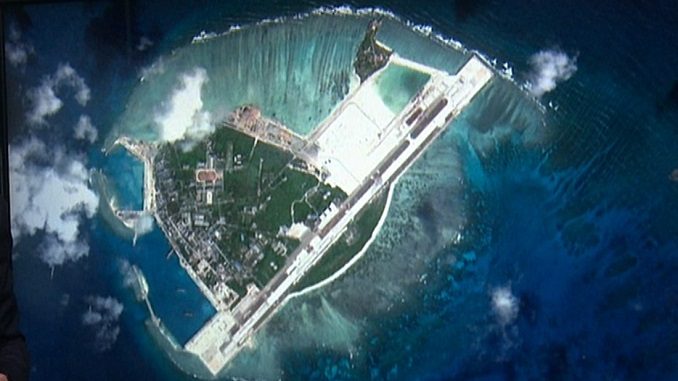
The U.S. military said on Friday that Chinese military flights in the past week in the South China Sea fit a pattern of destabilizing and aggressive behavior by Beijing but posed no threat to a U.S. Navy aircraft carrier strike group in the region, Reuters informed.
“The Theodore Roosevelt Carrier Strike Group closely monitored all People’s Liberation Army Navy (PLAN) and Air Force (PLAAF) activity, and at no time did they pose a threat to U.S. Navy ships, aircraft, or sailors,” the U.S. military’s Pacific Command said in a statement.
A U.S. official, speaking on condition of anonymity, said the Chinese aircraft did not come within 250 nautical miles (460 km) of the U.S. Navy vessels.
Taiwan reported that several Chinese air force aircraft flew into the southwestern corner of its air defense identification zone last weekend, near the Taiwan-controlled Pratas Islands, including fighter jets and nuclear-capable H-6 bombers.
Regional security and diplomatic sources familiar with the situation said China’s air force was dispatched on missions beginning mid-morning on Jan. 23, coinciding with the U.S. carrier group passing south of the Pratas.
China, which has long geared its military towards defending itself against the United States, was conducting exercises that would simulate an operation against an aircraft carrier, the sources said.
“They purposely conducted the drills when the U.S. carrier was passing through the Bashi Channel,” one source said, referring to the waterway between southern Taiwan and the northern Philippines. “That was not just meant for Taiwan. Most importantly, China is trying to tackle the issue of the South China Sea: it wants to stop the U.S. military from entering the South China Sea. China wants to diminish the United States’ weight in the western Pacific.”
The sources spoke to Reuters on condition of anonymity as they were not authorized to speak to the media.
On Thursday, the ministry toughened its language towards Chinese-claimed Taiwan, warning after last weekend’s stepped-up military activity near the island that “independence means war” and that its armed forces were acting in response to provocation and foreign interference.
China claims almost all the energy-rich waters of the South China Sea, where it has established military outposts on artificial islands. Brunei, Malaysia, the Philippines, Taiwan and Vietnam also have claims to parts of the sea.
The waters have become a flashpoint in the Sino-U.S. relationship. Washington regularly accuses Beijing of militarizing the South China Sea and trying to intimidate Asian neighbors who might want to exploit its extensive oil and gas reserves.

Be the first to comment